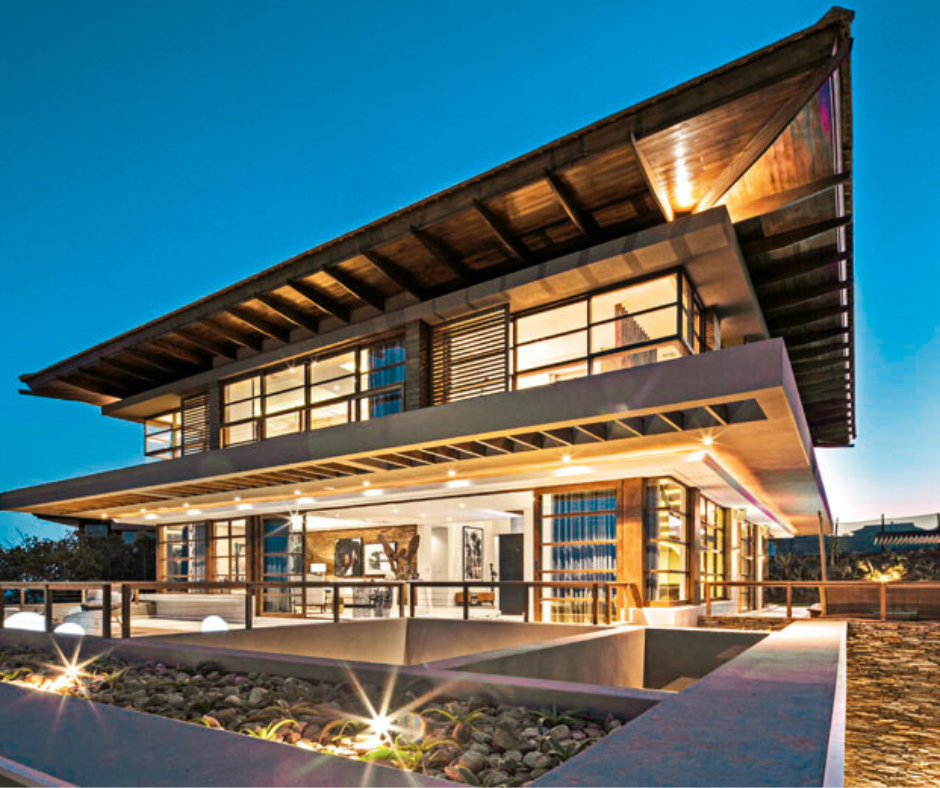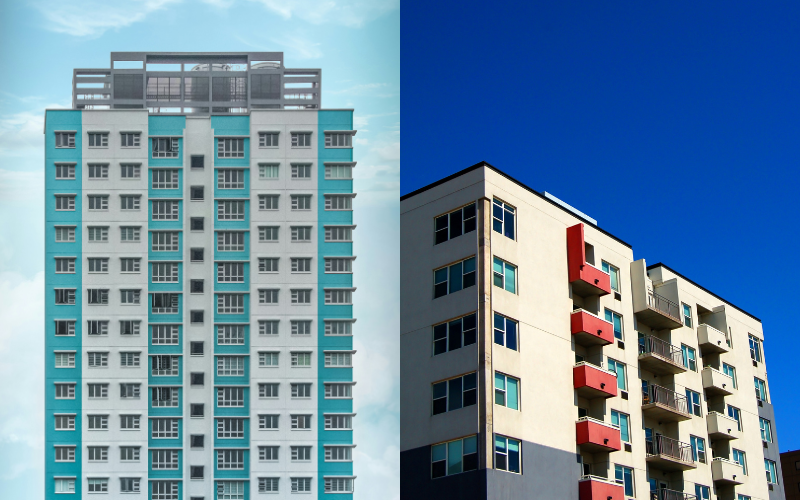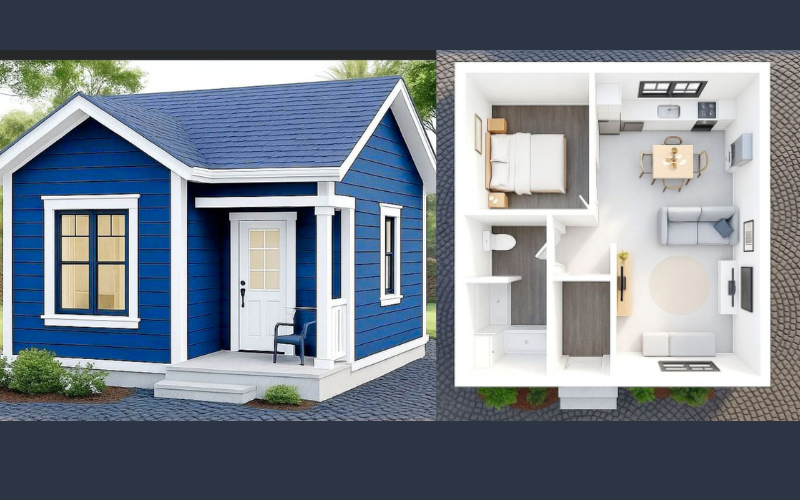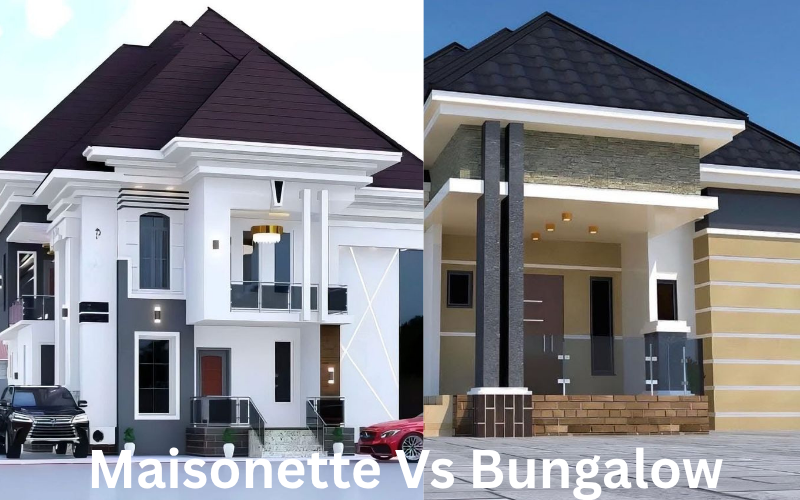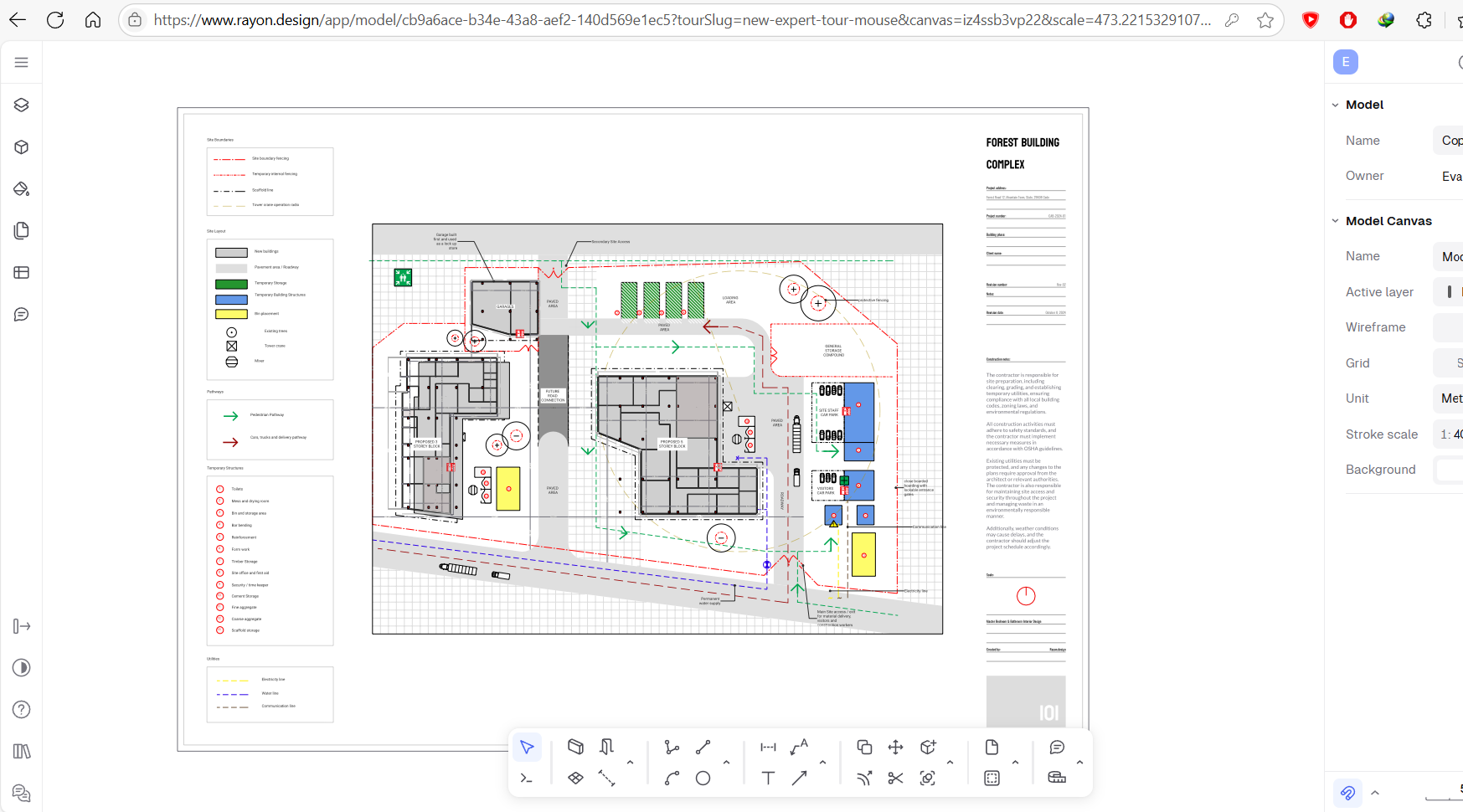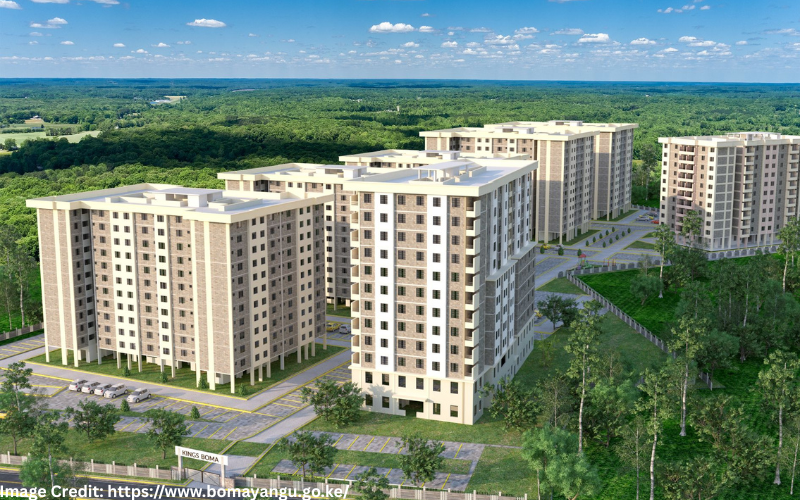Feng Shui Principles Adapted for Kenyan Homes
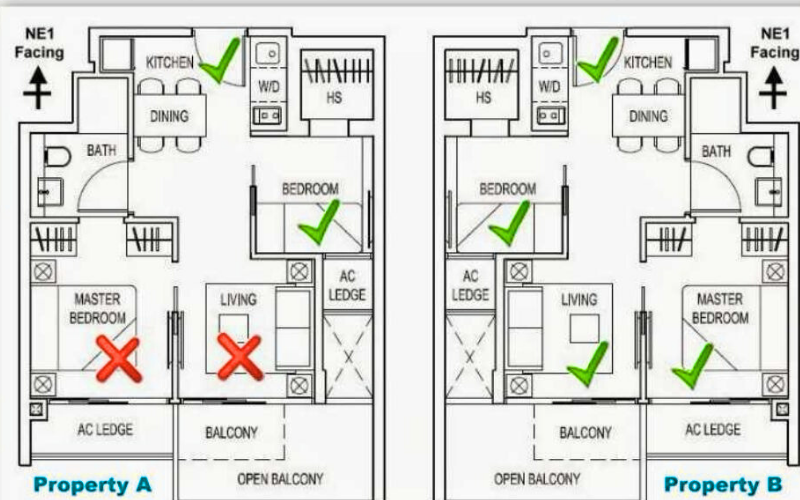
The principles of Feng Shui are also being resurrected in Kenyan homes and giving a modern space a touch of ancient wisdom mixed with local culture and the trends in building homes. You may be a college student, aspiring architect, experienced professional working in the field of construction or merely interested in Feng Shui Kenyan settings. Regardless of your background or level of experience in designing, decorating, and space modelling, learning how Feng Shui can be reapplying to Kenyan scenarios can completely alter your way of thinking and imagination. The paper presents a penetrating analysis of key issues on the topic, definitions as well as the practical implications on the topic together with links to best resources to study it further.
What is Feng Shui? Definition and Key Concepts
Feng Shui is an ancient Chinese practice focused on harmonizing individuals with their environment to promote well-being, prosperity, and positive energy. At its core are concepts like Chi (energy), the Bagua map (life areas), and the balancing of five elements: wood, fire, earth, metal, and water.
How Does Feng Shui Work in African/Kenyan Homes?
African-inspired Feng Shui integrates local materials, colors, layouts, and ancestral symbols to create spaces that are not only balanced but culturally resonant.
Table: Core Feng Shui Entities vs Kenyan Application
| Entity/Principle | Traditional Feng Shui | Kenyan Adaptation | Notable Kenyan Example |
|---|---|---|---|
| Entryway | Uncluttered, clear | Doormat, symbolic welcome, plant pots | Local residential designs |
| Commanding Position | Diagonal bed/desk/stove alignment | Desk, bed, stove positioned for security & visibility | Urban apartments |
| Bagua Map | Used to analyze home areas | Adapted with African symbols, color zones | Villas in Nairobi |
| Materials | Natural elements: wood, water, stone | Incorporation of wood carvings, soil hues, African textiles | Maasai-themed homes |
| Colors | Chosen for their energy properties | Use of vibrant earth tones, symbolic colors | Suburban houses |
Understanding Entities: People, Organizations, Products, Places
The Key People Driving Feng Shui Influence in Kenya
Chinese architects and engineers influencing local construction and design approaches
Kenyan interior designers specializing in harmonious spaces
Homeowners embracing natural, eco-conscious living
Organizations & Products
Kenya Building Industrialization Research Development and Production Base (promotes innovative design/building methods)
Astro Meenaakshi: leading Feng Shui consultancy in Kenya
Modular building products, prefabricated panels with harmonious aesthetics
Places
Urban centers: Nairobi, Mombasa, Kisumu—hotbeds of design innovation
Construction sites implementing Chinese building technologies (China Wu Yi, etc.)
Table: Examples of Buildings Integrating Feng Shui
| Building/Project | Unique Features | Location | Materials/Techniques Used | Source |
|---|---|---|---|---|
| Wu Yi Base (Athi River) | Precast concrete, efficient, harmonious layout | Athi River, Nairobi | Modular/precast systems | https://eng.yidaiyilu.gov.cn/p/0NLJOKBU.html |
| Central Bank of Kenya Pension Towers | Bagua-inspired spatial planning, energy-efficient | Nairobi | Precast, glass, steel | https://eng.yidaiyilu.gov.cn/p/0NLJOKBU.html |
| Rose Avenue Shopping Center | Indoor-outdoor balance, natural light optimization | Nairobi | Precast columns, large windows | https://eng.yidaiyilu.gov.cn/p/0NLJOKBU.html |
| South African Feng Shui Villa | Orientation towards sun/wind, local art | South Africa | Stone, timber, water bodies | https://www.contemporist.com/feng-shui-principles-were-used-when-designing-this-new-south-african-house/ |
Why Are Chinese Architectural Designs Gaining Popularity in Kenyan Construction?
Cost-effectiveness: Modular and prefabricated building systems reduce both construction time and costs, aligning with the Affordable Housing agenda.
Design aesthetics: Bright, uncluttered spaces, optimal furniture positioning, commanding entryways reflect Feng Shui ideals.
Influence of Chinese contractors: Advanced building technologies and philosophies are being transferred directly to Kenyan construction industry professionals.
Cultural Resonance: Veneration of ancestors and incorporation of African symbols into design elements.
Learn more here: https://pzdevltd.com/2025/04/16/why-chinese-architectural-designs-are-gaining-popularity-in-kenyas-real-estate-market/
Table: Feng Shui Elements and Kenyan Construction Products
| Element | Traditional Feng Shui Use | Kenyan Construction Application | Example Material/Product |
|---|---|---|---|
| Wood | Growth, flexible energy | Timber locally sourced, hardwood floors | Local hardwood planks, carvings |
| Fire | Vitality, movement | Sun-facing windows, colored wall paint | Red clay tiles, lighting fixtures |
| Earth | Stability | Earth-tone stone/brick, grounded furniture | Local stone, ceramic pots |
| Metal | Clarity, precision | Stainless steel fixtures, modular panels | Precast steel beams, metal frames |
| Water | Flow, abundance | Indoor plants, water features, open layouts | Fountain, fish tank, living wall |
Step-by-Step Guide: Adapting Feng Shui for Kenyan Homes
Decluttering and Organizing
Remove unnecessary items, especially near the entrance
Use doormats and plants to invite energy
Choosing Colors and Materials
Apply earthy tones (ochre, brown, green) for grounding and authenticity
Decorate with African textiles, traditional carvings, artifacts
Commanding Positioning
In living rooms, bedrooms, study areas, position seats and beds diagonally from doors
Maximize visibility and security, reflecting both Feng Shui and Kenyan cultural values
Incorporating Ancestral Symbols
Display masks, carvings, family photos for protection and harmony
Use Kitenge, Maasai shuka fabrics to blend tradition and modernity
Embracing Nature
Integrate indoor plants, water features, and open windows for fresh air and positive Chi
Prefer locally-sourced, sustainable building materials
Table: Adapting the Bagua Map in Kenyan Homes
| Life Area | Traditional Bagua Position | Kenyan Adaptation | Suggested Decor/Color |
|---|---|---|---|
| Wealth/Prosperity | Rear left | Kitchen, living area | Green, gold, wood carvings |
| Health | Center | Living room | Plants, open space |
| Career | Front center | Entrance, foyer | Art, water element, dark blue |
| Love/Relationships | Rear right | Master bedroom | Red, pink, paired art |
| Creativity | Center right | Study, kids' room | Orange, creative crafts |
Related Questions and Insights
How does Feng Shui differ between rural and urban Kenyan homes?
Rural homes may use more earthen materials and open layouts, while urban homes focus on maximizing natural light and space efficiency.
Both can benefit from decluttering, strategic positioning of entrances and windows, and integrating African symbols and colors.
Can Feng Shui principles apply to apartments and high-rises?
Yes. Orienting furniture, decluttering balconies, and optimizing natural light are all feasible for apartments.
How important is furniture arrangement in Feng Shui for students and professionals?
Furniture layout impacts focus, relaxation, and social interactions—a core concern for college or university dwellers.
Key Takeaways
African Feng Shui adapts Chinese wisdom to local materials, colors, and beliefs.
Commanding positions and furniture layout are crucial for positive energy.
Modular, precast building technologies are shaping both style and substance in Kenya’s construction.
Cultural symbols and nature-infused designs bring both harmony and a sense of identity.
For more inspiration and practical guides: https://thelovecentral.com/how-to-create-an-african-feng-shui-home-a-step-by-step-guide/
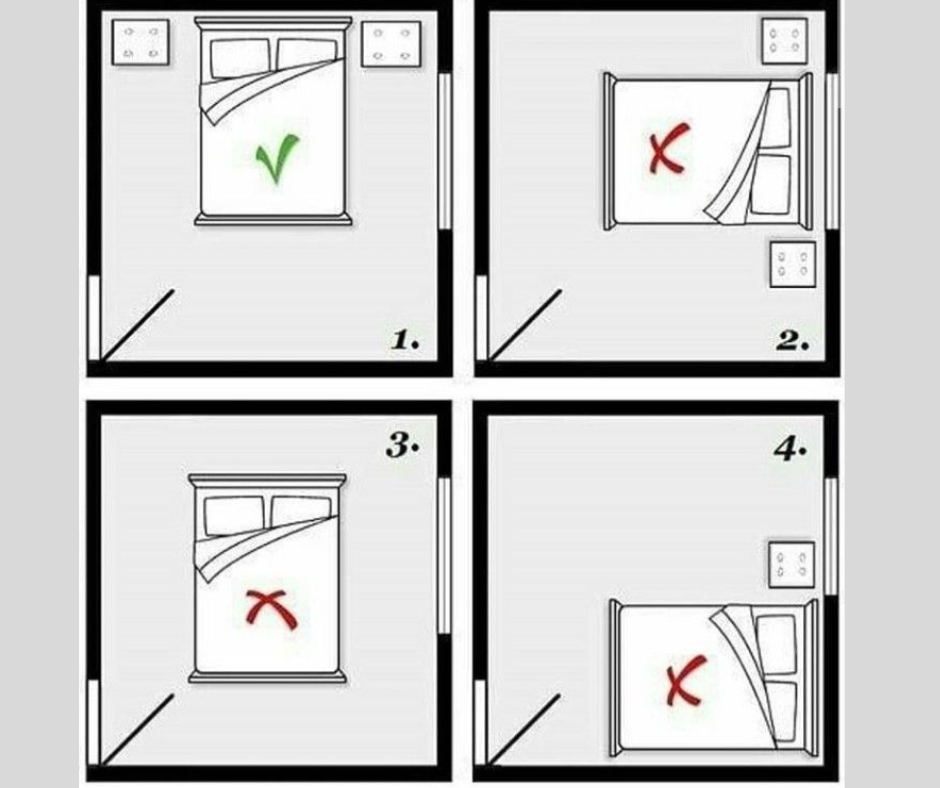
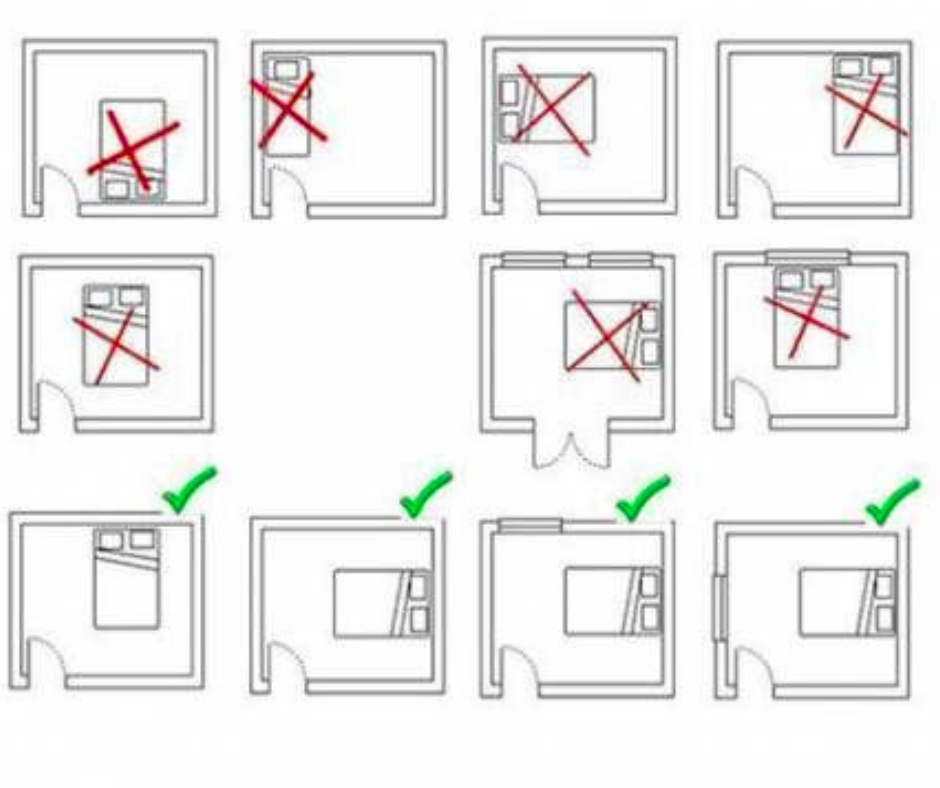
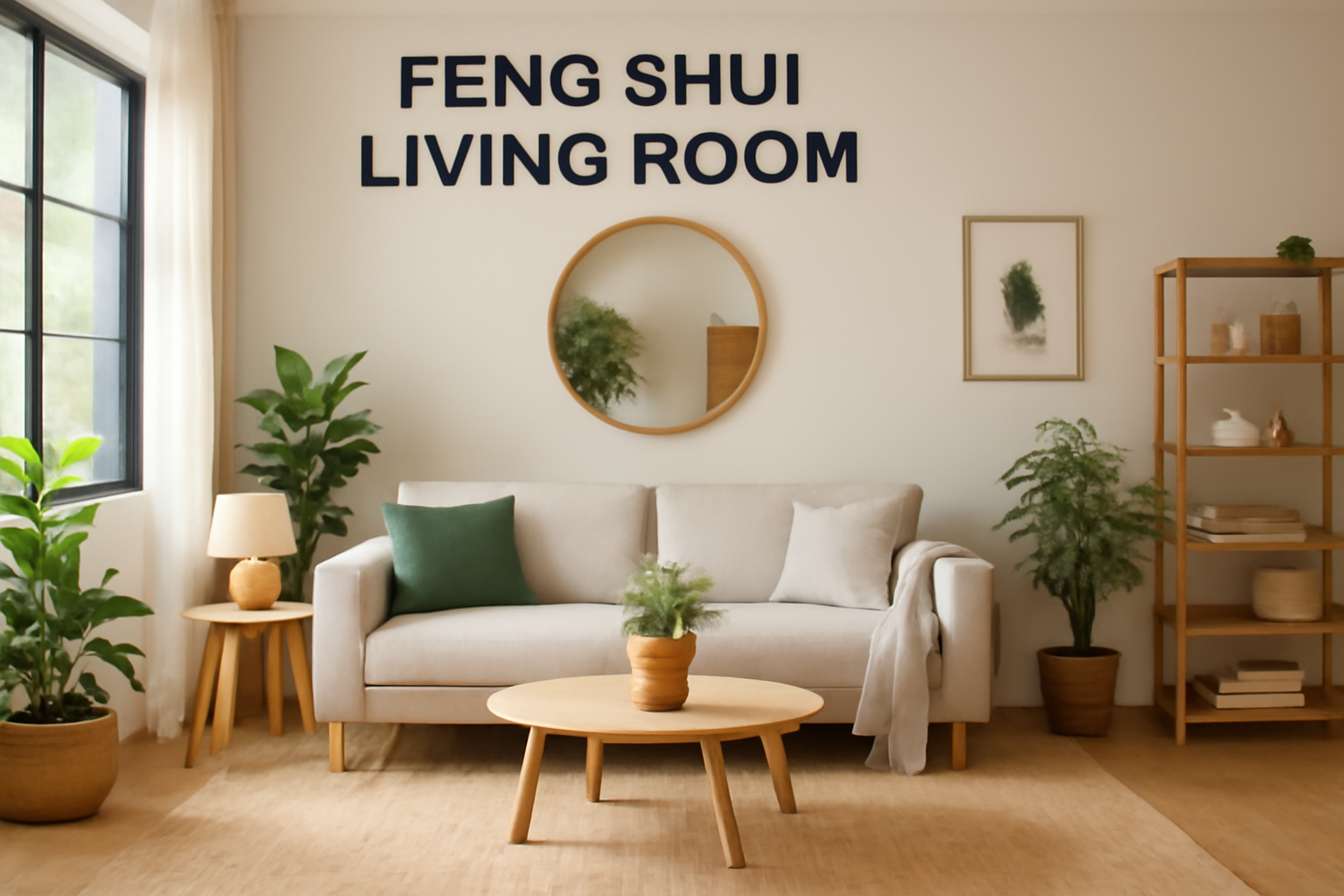
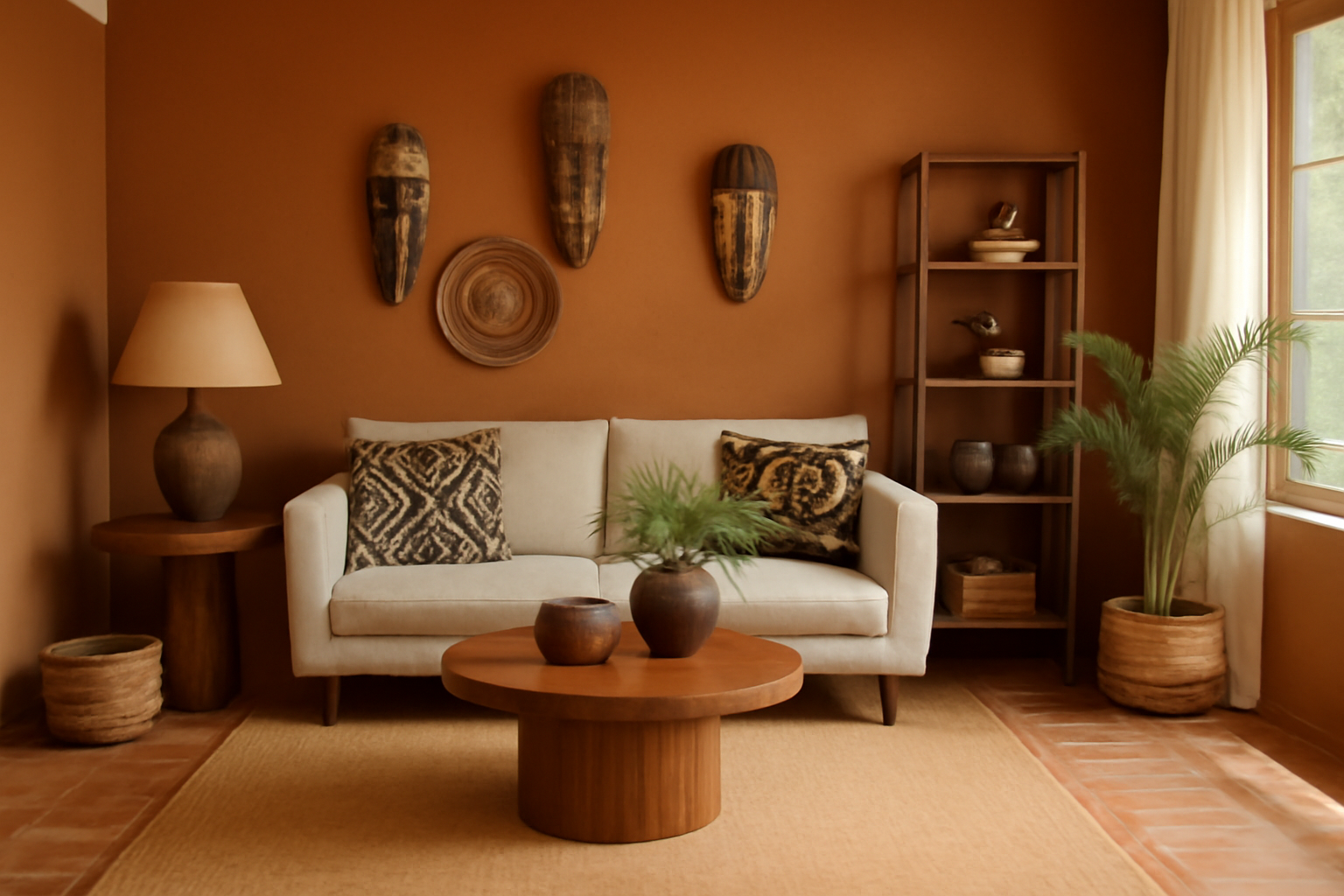
Unique Feng Shui Features in Kenyan Buildings
Case Example: Wu Yi Base (Athi River)
This project is unique due to its use of precast concrete and modular systems, which optimize natural light and airflow according to Feng Shui guidelines, and are tailored for the Kenyan climate. Sustainability and speed of construction are also major advantages.
Central Bank of Kenya Pension Towers
Features include a Bagua-inspired spatial layout designed for energy efficiency and prosperity. Large glass windows and steel columns improve air quality and harness solar energy—embodying the fire and metal elements in Feng Shui.
Table: Feng Shui Consultant Services in Kenya
| Consultant/Organization | Services Offered | Areas of Expertise | Contact/Info |
|---|---|---|---|
| Astro Meenaakshi | Home/office consultations | Bagua mapping, energy flow | https://www.astromeenaakshi.com/kenya/fengshui-consultant.htm |
| Kenya Building Research | Sustainable design, training | Modular methods, harmony | https://eng.yidaiyilu.gov.cn/p/0NLJOKBU.html |
| BuyRentKenya Decorators | Online tips, guides | Local adaptation, materials | https://www.buyrentkenya.com/discover/feng-shui |
More Related Questions and Answers
What should you avoid in bedroom Feng Shui?
Avoid clutter under the bed, mirrors facing the bed, and sharp objects or angles. Opt for calming paintings, paired photos, and soft textiles in warm colors. Position your bed to face the door, but not directly in line with it—reflecting both Feng Shui and Kenyan privacy norms.
How can renting students adapt Feng Shui in small spaces or apartments?
Use modular or multi-purpose furniture for flexibility
Decorate with small plants, art, and removable décor
Prioritize natural light by keeping windows unobstructed
Organize by function: study area, sleeping area, and social zone
Are there products specifically designed for African Feng Shui?
Yes. Artisans produce decorative masks, textiles (Kitenge, Maasai shuka), and carved furniture tailored for African cultural identity and Feng Shui applications. Modular panels, sustainable materials, and locally-sourced timber are also popular.
Table: Feng Shui Color Chart for Kenyan Rooms
| Room | Goal | Color Suggestions | Local Inspiration |
|---|---|---|---|
| Living Room | Harmony, social | Ochre, green, brown | Earth-tone stone, wood |
| Bedroom | Rest, intimacy | Red, pink, warm neutrals | Maasai shuka, fabric art |
| Study | Focus, creativity | Orange, blue, white | Kitenge crafts, beadwork |
| Kitchen | Nourishment, health | Green, yellow, gold | Bananas, avocados, crafts |
| Bathroom | Cleansing, calm | White, blue, light green | Open windows, simple tiles |
The Future of Feng Shui in Kenya's Construction Industry
Entities shaping the future:
Chinese contractors (e.g., China Wu Yi, AVIC International) introducing environmentally balanced design systems.
Local architects and real estate developers merging African and Chinese styles.
Students and young professionals driving demand for flexible, healthy spaces.
Emerging trends:
Sustainable materials paired with ancestral decor
Eco-friendly, modular housing for urban areas
Integration of renewable energy and water features
Focus on mental wellness and social spaces
For forward-thinking professionals, learning from real projects and consulting with experts is key. Explore more via this portfolio: https://www.contemporist.com/feng-shui-principles-were-used-when-designing-this-new-south-african-house/
Table: LSI/NLP Keywords and Entity Map
| LSI/NLP Keyword | Associated Entities | Topic Focus |
|---|---|---|
| Chi energy | Interior designers, architects | Energy flow, harmony |
| Modular design | China Wu Yi, AVIC | Cost, speed, flexibility |
| African symbols | Local artisans, decorators | Identity, decor, meaning |
| Precast concrete | Wu Yi Base, CBK Pension Towers | Sustainability |
| Environmental harmony | Astro Meenaakshi, students | Health, well-being |
| Urban housing | Nairobi, Mombasa, Kisumu | Density, innovation |
Frequently Asked Questions
Can Feng Shui really influence health and success in Kenyan homes?
Yes. Optimizing the flow of Chi (energy) and balancing elements in living spaces has been linked to improvements in focus, relaxation, and overall well-being. Kenyan homes—urban or rural—can benefit from strategic window placements, decluttering, and the intentional use of colors and materials, supporting both health and personal goals.
Is it expensive to adapt Feng Shui principles when building or renovating a house in Kenya?
No. Basic Feng Shui adjustments such as decluttering, strategic furniture arrangement, using plants, and choosing certain color palettes require little or no extra cost. However, integrating features like water bodies, large windows, or custom décor may require budget allocation. Modular and precast construction trends can help optimize costs while achieving harmonious design
What are some common mistakes when trying to apply Feng Shui in Kenyan homes?
Common mistakes include:
Overcrowding entranceways and living areas
Ignoring commanding positions for beds, desks, and sofas
Neglecting natural light or airflow
Using incompatible colors or themes that disrupt harmony
How can students and construction industry professionals practically apply Feng Shui principles, whether renting or designing their own spaces?
Rearrange furniture to ensure visible doors and clear pathways
Decorate with earthy, African textures; use bold colors strategically
Foster a connection to nature using plants or water objects
Recognize personal and cultural symbolism in decor choices
Utilize modular furnishings to easily reconfigure layouts
Is expert consultation necessary for effective Feng Shui adaptation in Kenya?
While it's possible to apply basic Feng Shui concepts on your own, expert consultants (like Astro Meenaakshi) or architects with experience in environmental harmony can provide tailored advice for complex projects and commercial spaces.

